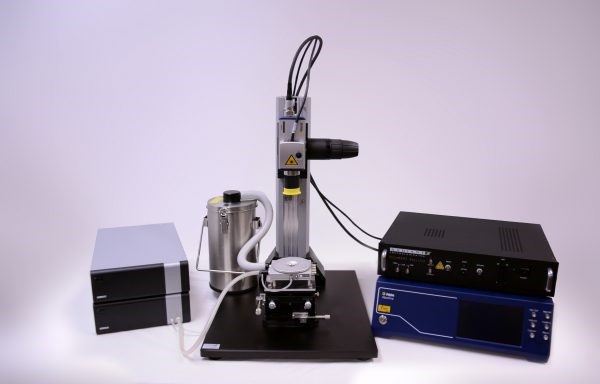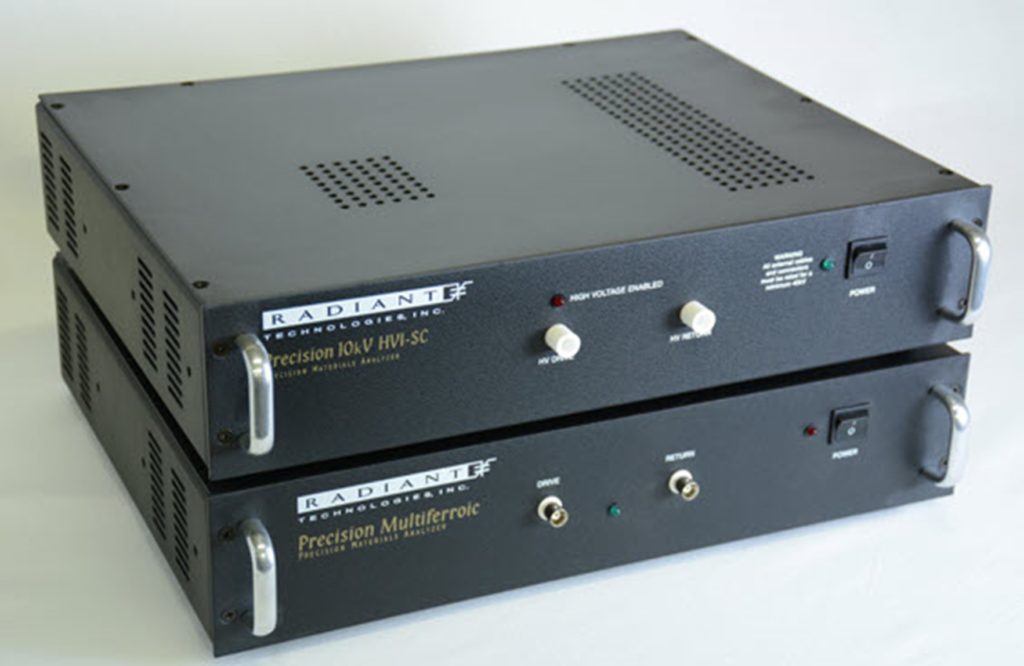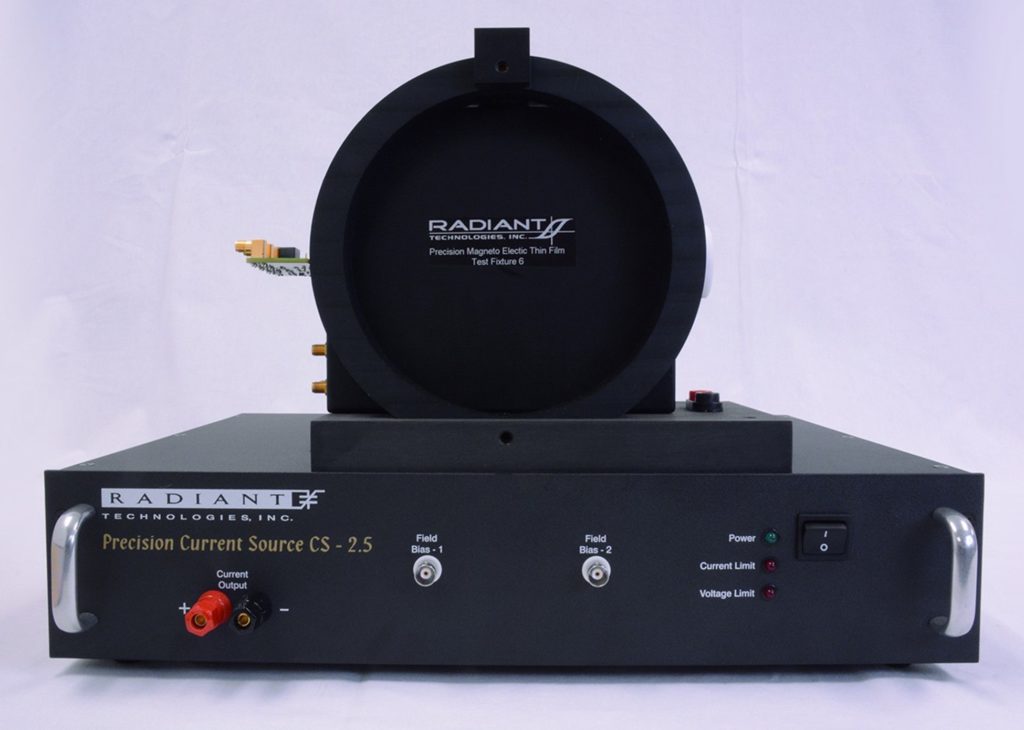
Later this month in Tel Aviv, attendees at the 15th International Meeting on Ferroelectricity will be able to check out the latest development in piezoMEMS analysis by Radiant Technologies. The high-resolution angstrom-level measurement platform is an exciting step forward in the development and testing of thin film piezoMEMs devices, says the company, known as a leading developer in the field of ferroelectric, magnetoelectric, pyroelectric, transistor material and piezoelectric testing.
The analyzer not only measures piezoelectric properties of actuator and sensor elements of a commercial product, it will communicate with the product’s electronic logic, talk to embedded microprocessors, supply asynchronous voltages and pulses and measure sensor frequencies. The system is designed to bring new capabilities to the field of ferroelectricity, presently a focus technology in scientific research and development for electronic, semiconductor and, lately, even hydrogen production applications. Ferroelectricity is a characteristic of certain materials that have a spontaneous electric polarization that can be reversed by the application of an external electric field, making it a prized attribute to be able to detect, manipulate and control.
Since its inception in 1988, the Albuquerque, New Mexico-based company has been developing characterization equipment for non-volatile memory technologies, non-linear electromechanical materials, MEMS, actuators and sensors.

Its Precision Multiferroic II ferroelectric tester features a frequency rating of 270KHz at +/-100V built-in to the system, making testing of thin films and bulk ceramics a fast and simple process. With the addition of extra fixtures, the Precision Multiferroic II can measure pyroelectric properties, magneto-electric properties, transistor characteristics, cryogenic properties, bulk ceramic and/or thin film piezoelectric properties.
The accessory adds several items to the tester. Among them are a shield box which serves as a sample holder that shields the sample electrically while also mounting magnetic field sensors directly at the sample location. Other items include a Lake Shore MH-6 Helmholtz coil for applying small magnetic fields up to 50 Oersted and a Lake Shore Hall Effect magnetic field sensor used for calibrating the test fixture.

The company’s Magnetoelectric Bundle offers researchers a complete hardware and software platform to characterize magnetic coupling of multiferroic or magneto-piezoelectric devices. The bundle hooks up to existing coils on the market such as GMW and other manufacturers.
IMF is scheduled for March 26-30 in Tel Aviv. A keynote presentation will be made by Avner Rothschild of Technion (Israel Institute of Technology) on the application of ferroelectricity to producing green hydrogen by splitting water molecules into hydrogen and oxygen to accomplish electrolysis. A spinout company H2Pro, has been established to commercialize Technion’s research, aiming to produce green hydrogen at $1/kg by the end of this decade.
For more info, see www.ferrodevices.com, www.imf2021.org and www.h2pro.co.



